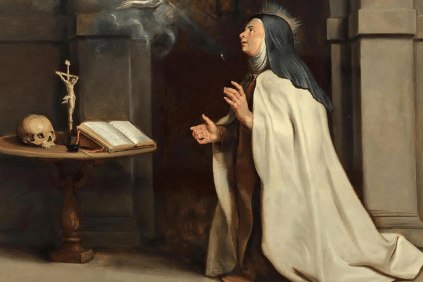Pope St John Paul II – Saint of the Day – 22nd October
From the beginning of his pontificate, Pope St John Paul II spoke to the heart of the faithful. ‘Do not be afraid’ he cried to the crowds gathered in Saint Peters’ Square, urging them (and the communists) to ‘Open wide the doors to Christ.’ He had a special message for young people, telling them: ‘You are the future of the world and the hope of the Church. You are my hope!’ (22 October 1978).





